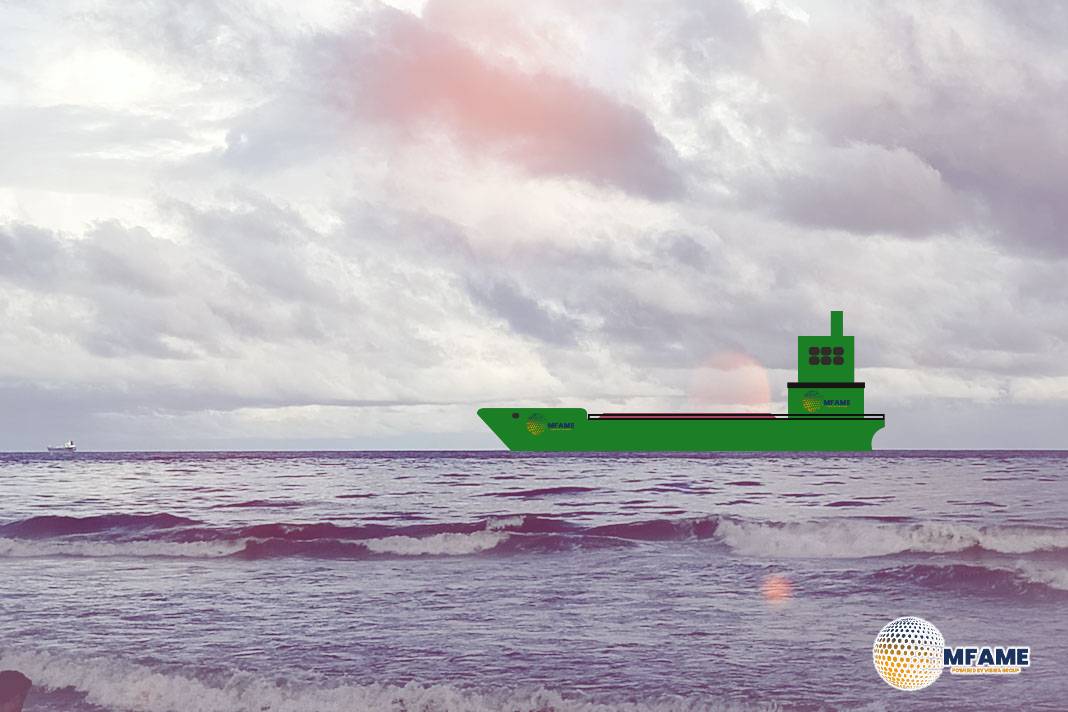The Monthly Safety Scenario (MSS) is designed as a learning tool to help maritime operations strengthen safety awareness and prevent incidents. Each month, a new case study is presented, encouraging crews to analyze real events and apply lessons to their own operations. One such scenario involved a departure manoeuvre that led to heavy contact with a quay.
Severe Mooring incident on container vessel
On the morning of the incident, the vessel had completed cargo operations and prepared for departure. Navigation systems, steering gear, and the main engine were tested and found in good order. A local pilot boarded shortly thereafter, and together with the master, they reviewed the departure plan. Both considered the manoeuvre routine, as it had been performed many times before under similar tidal conditions. With a tug secured to the starboard quarter and the bow thruster engaged, the vessel began moving away from the berth. The tug assisted in pulling the stern off while the bow was pushed outward, bringing the ship parallel to the quay. Once underway, the engine was increased to slow ahead, and soon after, half ahead to gain steerage.
The pilot ordered the rudder to port in order to swing around a bend, and the tug was released under the assumption that the vessel now had sufficient control. Shortly after, the vessel began swinging unexpectedly to starboard instead of port. Suspecting a helmsman error, the pilot called for hard-a-port, but both the helmsman and chief officer confirmed that the rudder was already at full port. The ship continued swinging starboard, and despite the master’s order for full astern, speed and proximity to the opposite quay made collision unavoidable. Although the tug was requested to return, there was insufficient time. The vessel struck the quay at around three to four knots, puncturing its forepeak tank and causing minor damage ashore. Fortunately, no one was injured and no pollution occurred.
This scenario highlights several important lessons for maritime safety. It emphasizes the need for comprehensive risk assessments within the Safety Management System, particularly regarding manoeuvring in confined waters and the timing of tug release. It shows the critical importance of clear communication during the master–pilot exchange and reinforces that roles, contingency actions, and abort criteria must be thoroughly discussed before departure. It also underlines the value of continuous monitoring of a vessel’s response to helm orders and of having predefined recovery actions when the ship does not behave as expected.
By discussing such cases in safety meetings, crews can reflect on decision-making under pressure, consider what might have been done differently, and identify immediate improvements for their own operations. The MSS encourages teams to apply these insights to real-life procedures, building resilience and reinforcing a proactive safety culture at sea.
Did you subscribe to our daily Newsletter?
It’s Free Click here to Subscribe!
Source: The Swedish Club
















